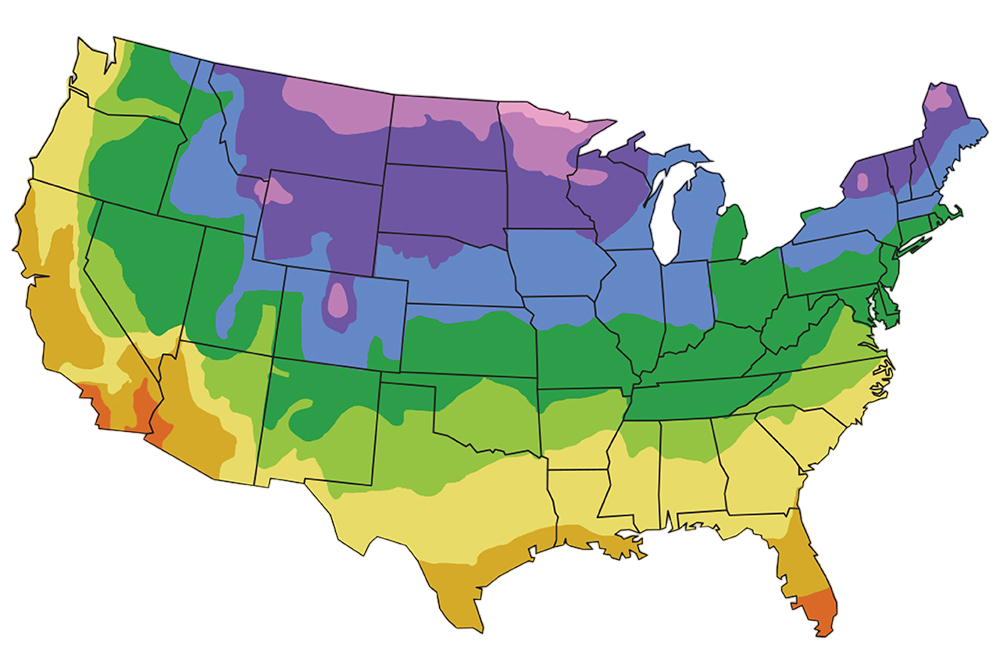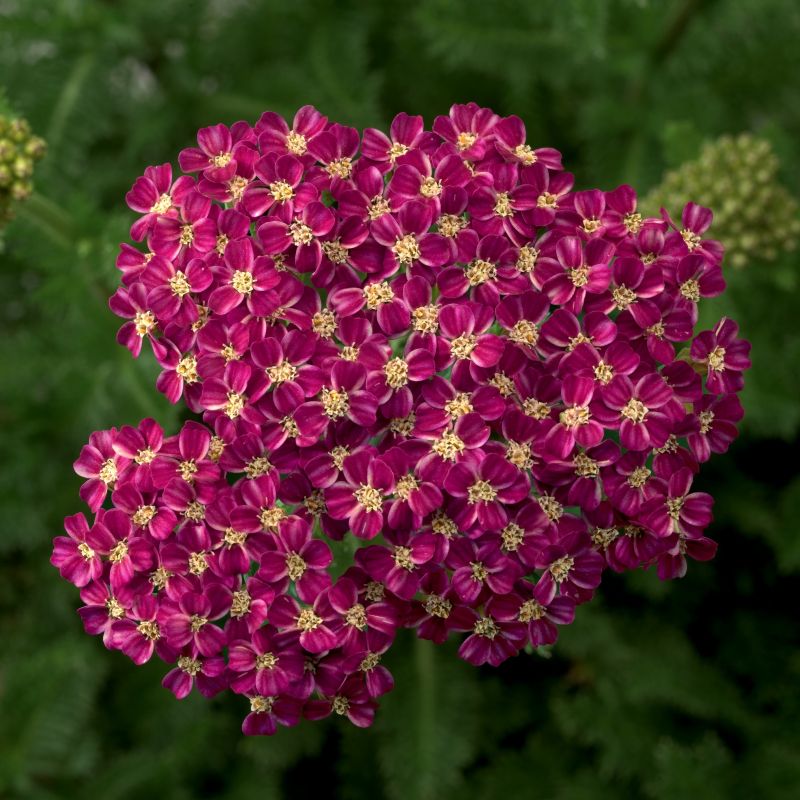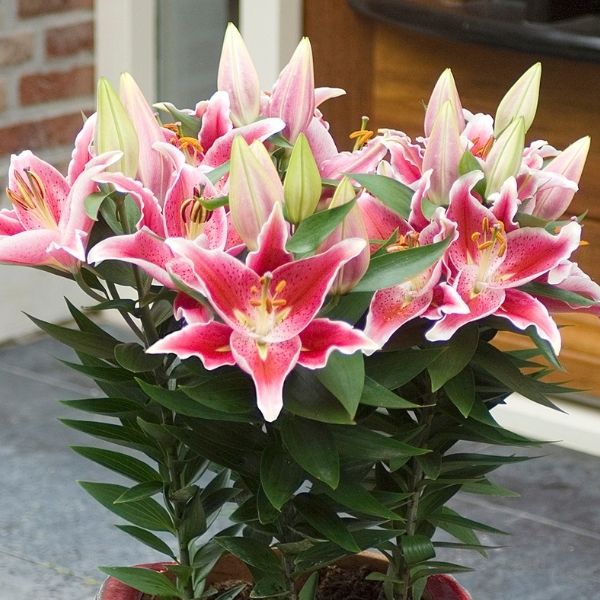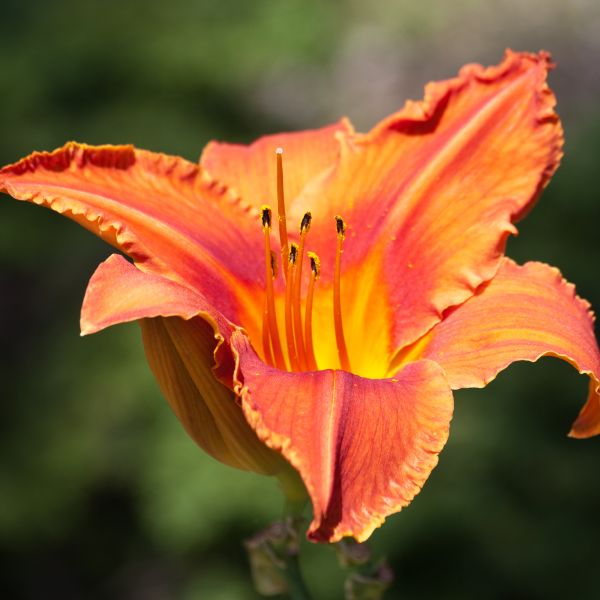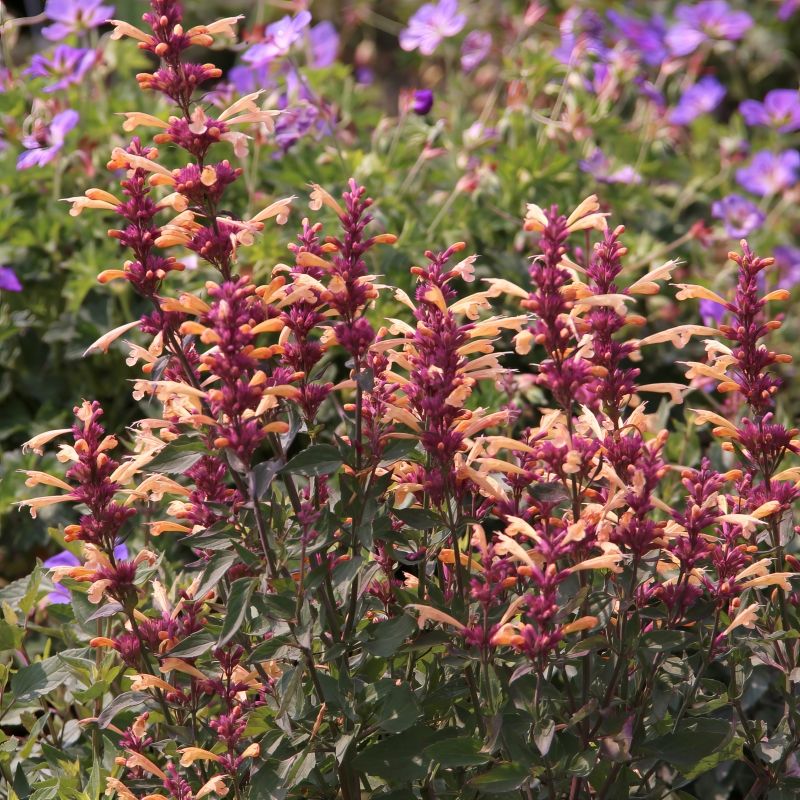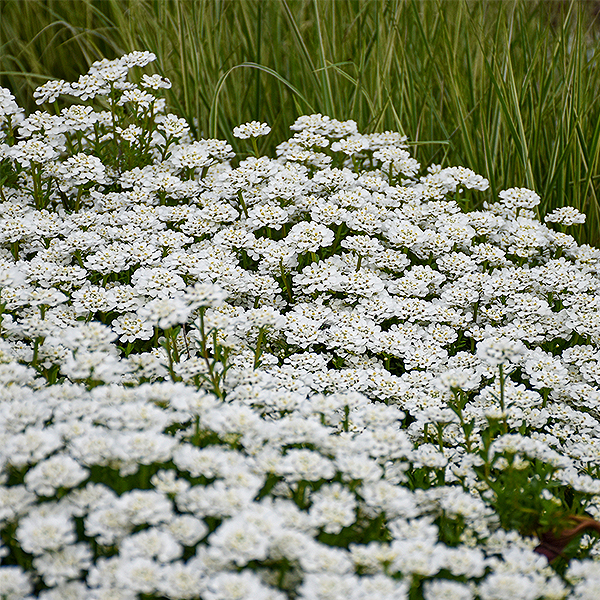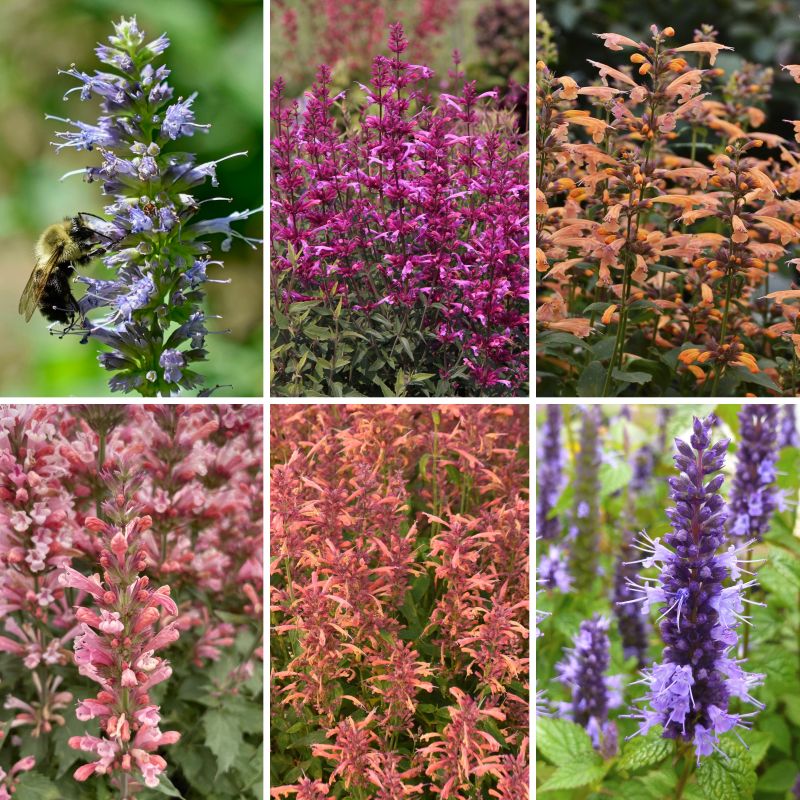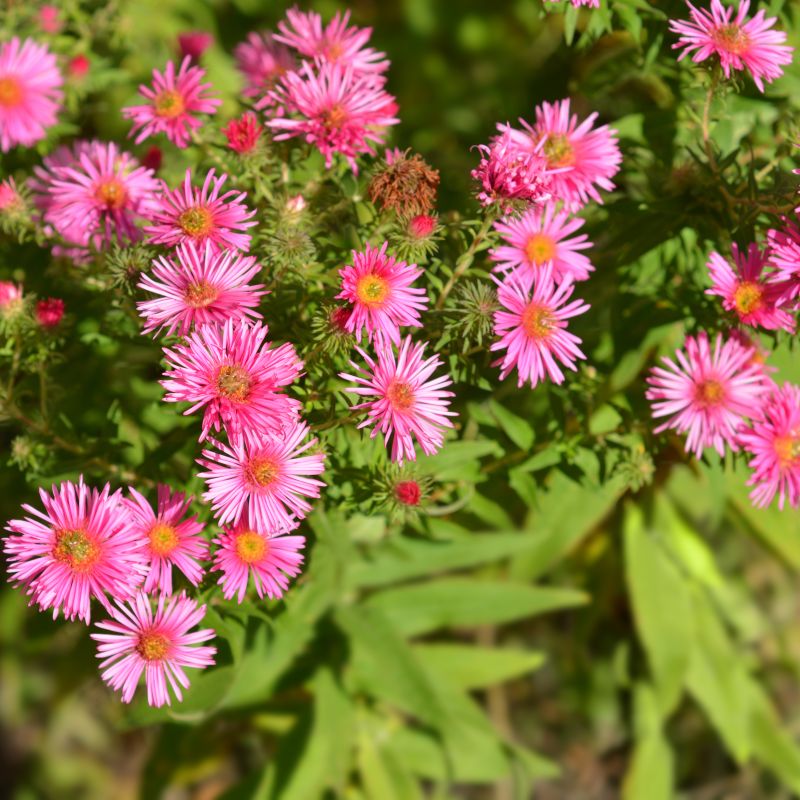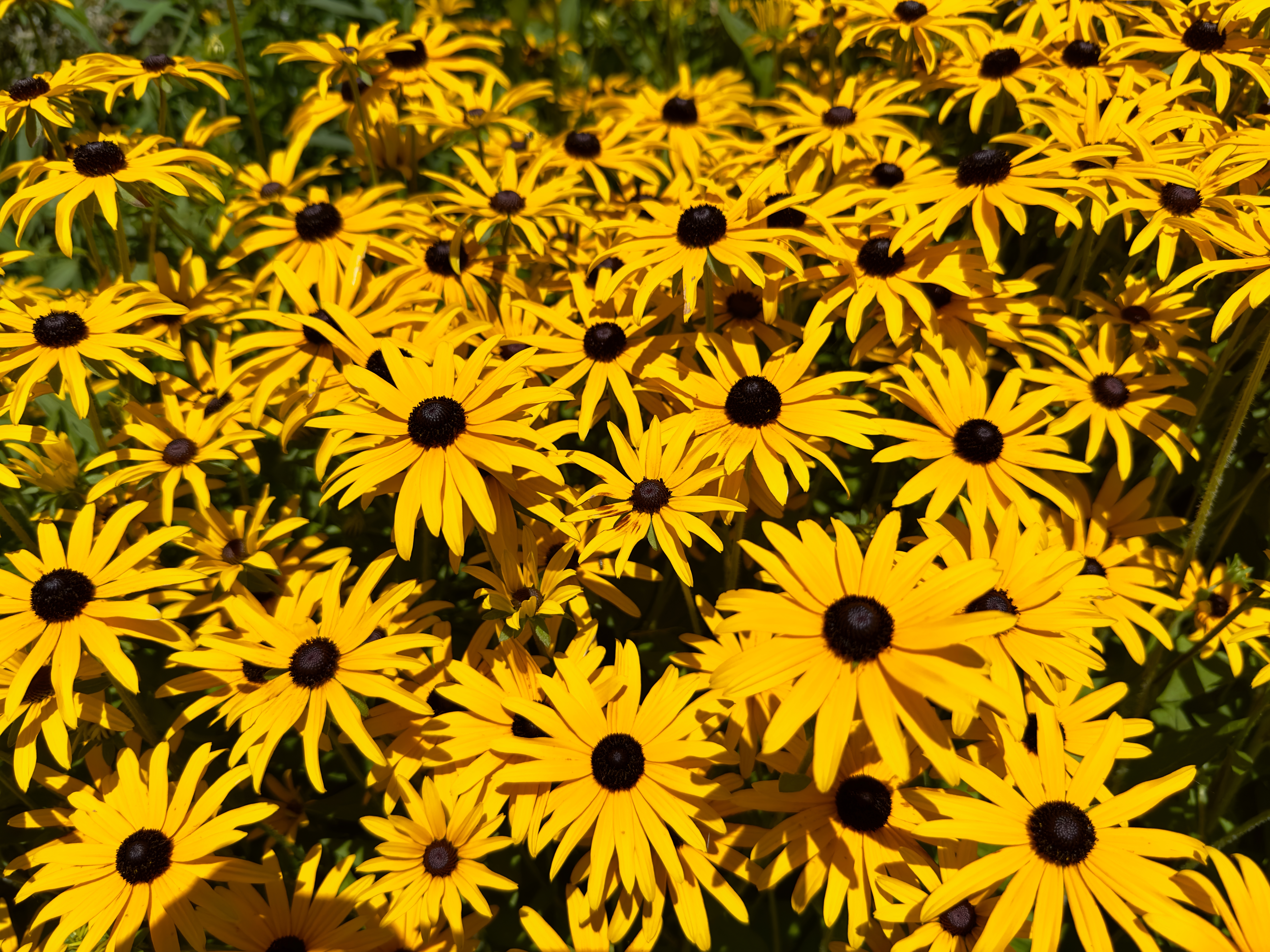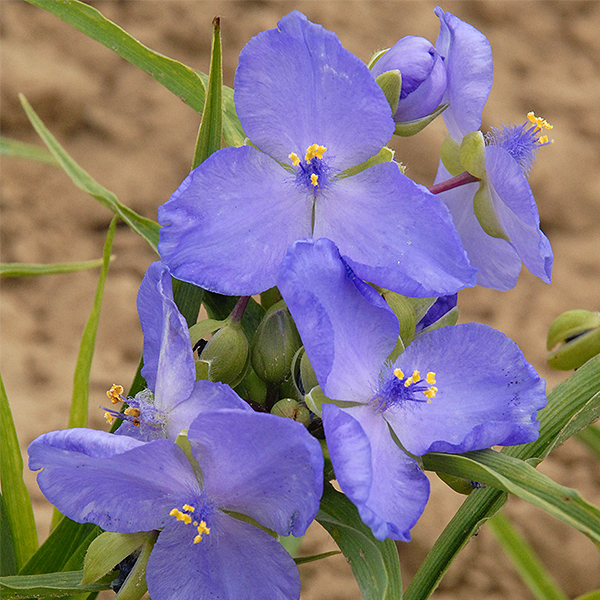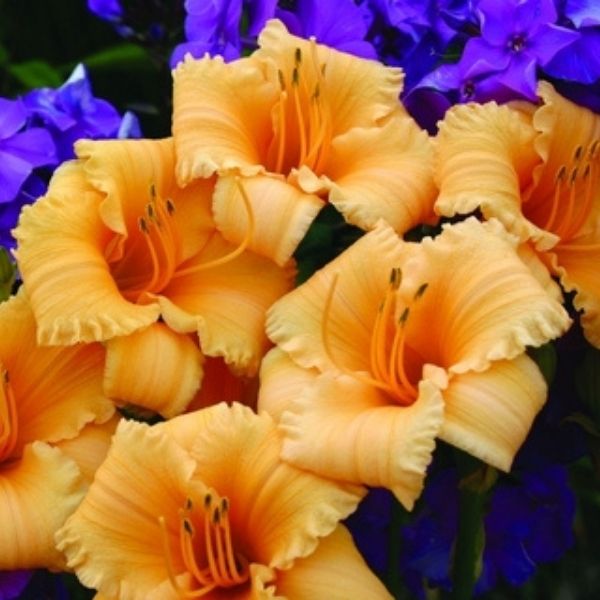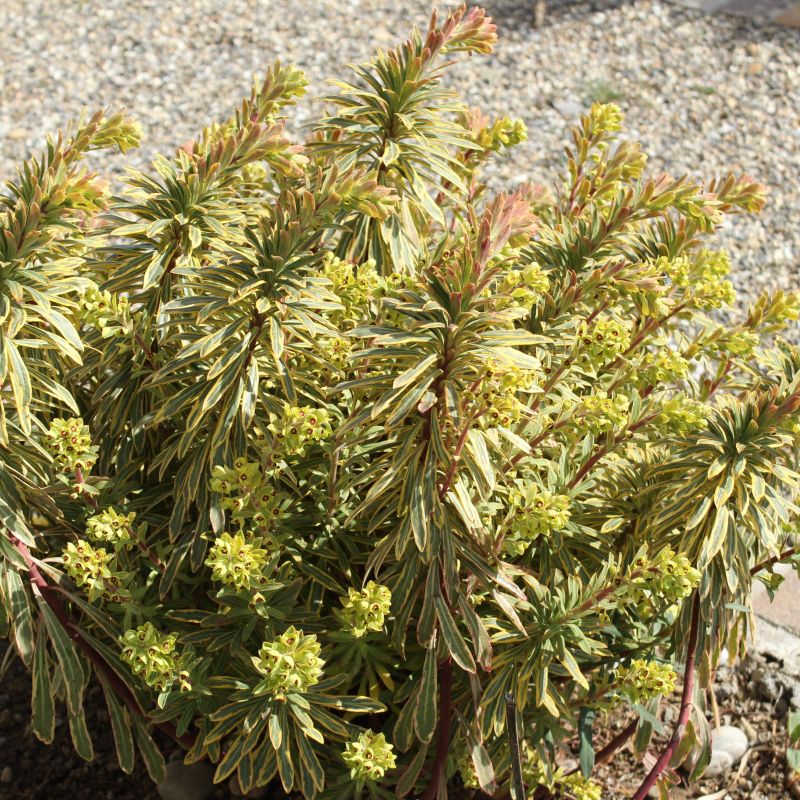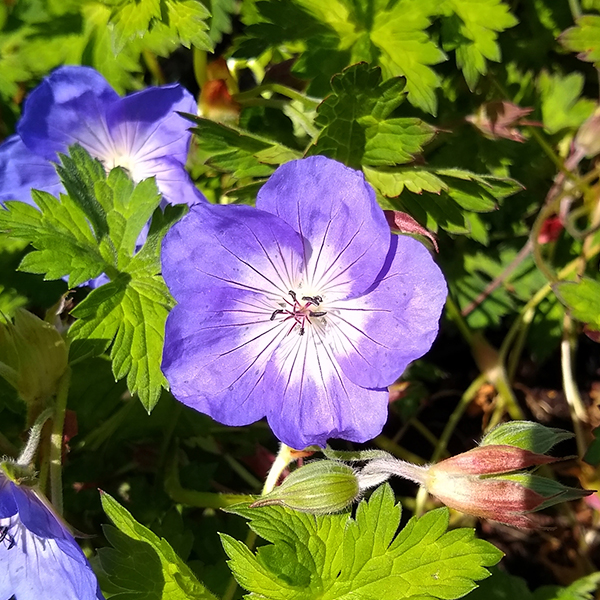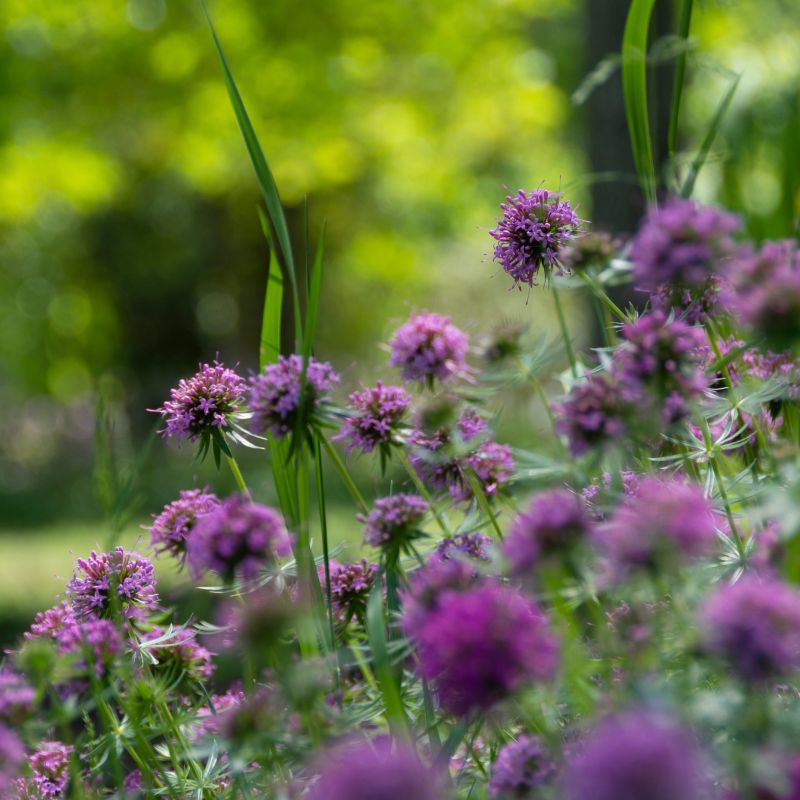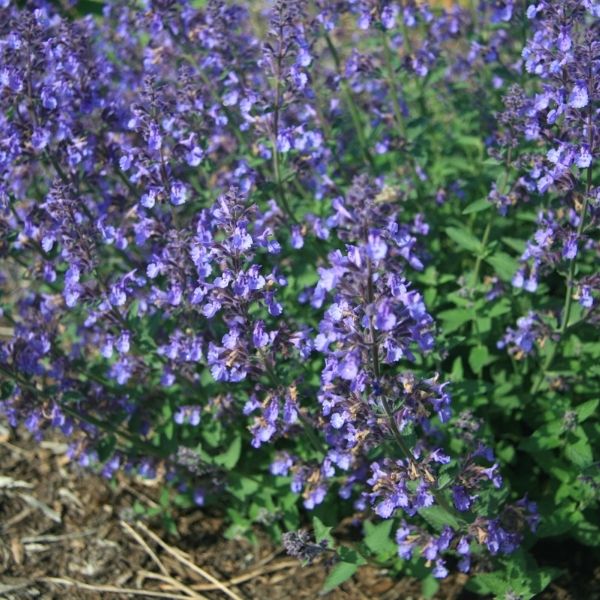
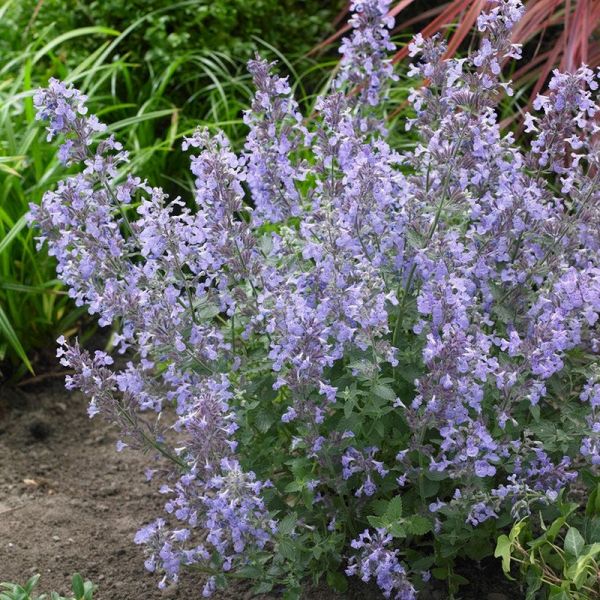
Junior Walker Catmint
Nepeta x faassenii 'Novanepjun'
15 reviews
Junior Walker Catmint
Nepeta x faassenii 'Novanepjun'
15 reviews
- Attracts pollinators such as bees and butterflies to your garden
- Drought-tolerant and low-maintenance plant
- Produces aromatic foliage and vibrant purple flowers
$31.00
$45.00
30% Off
- Ships to in 3 to 7 days
- Free Shipping Over $150
- Plant Arrival Guarantee
- In Stock
- Free Plant Consult
$200
Premium 1 Gallon
Why Junior Walker Catmint?
Junior Walker Catmint, also known as Nepeta x faassenii 'Novanepjun', is a compact and fragrant perennial plant that attracts pollinators with its lavender-blue flowers. This low-maintenance plant is perfect for borders, containers, or as a groundcover in sunny locations. Its aromatic foliage is resistant to deer and rabbits, making it a versatile and beautiful addition to any garden.
People who loved this plant also bought
Sunlight
Junior Walker Catmint prefers full sun but can tolerate some light shade. It thrives in well-draining soil and benefits from at least 6-8 hours of sunlight per day. To promote healthy growth and abundant blooming, ensure the plant receives adequate sunligh
Watering
Junior Walker Catmint prefers well-drained soil and requires regular watering during the growing season. It is drought tolerant once established but benefits from occasional deep watering during periods of prolonged dryness. Water at the base of the plant
Fertilizing
Junior Walker Catmint prefers well-drained soil and does not have specific fertilizer requirements. A light application of a balanced fertilizer in early spring is usually sufficient to promote healthy growth. Over-fertilizing can lead to leggy growth and
Junior Walker Catmint (Nepeta x faassenii 'Novanepjun')
The Junior Walker Catmint, also known by its botanical name Nepeta x faassenii 'Novanepjun', is a compact and low-growing perennial plant that is perfect for borders, containers, or rock gardens. This variety of catmint is known for its aromatic grey-green foliage and profusion of lavender-blue flowers that bloom from late spring to early fall.
Junior Walker Catmint is easy to grow and requires little maintenance. It prefers full sun to partial shade and well-draining soil. This plant is drought-tolerant once established and attracts pollinators such as butterflies and bees to the garden.
This catmint variety reaches a height of about 12-18 inches and spreads to about 12-24 inches. It is also deer-resistant and rabbit-resistant, making it a great choice for gardens where these animals may be present.
Whether used as a border plant, ground cover, or in a mixed container, the Junior Walker Catmint adds a pop of color and fragrance to any garden or landscape. Consider adding this hardy and versatile plant to your outdoor space today.
Plant Information:
| Botanical Name: | Nepeta x faassenii 'Novanepjun' |
| USDA Zones: | 5 - 9 |
| Water: | Moderate to Low |
| Exposure: | Full Sun |
| Soil Needs: | Well Drained |
| Mature Height: | 12 - 18 inches |
| Mature Spread: | 2 - 3 feet |




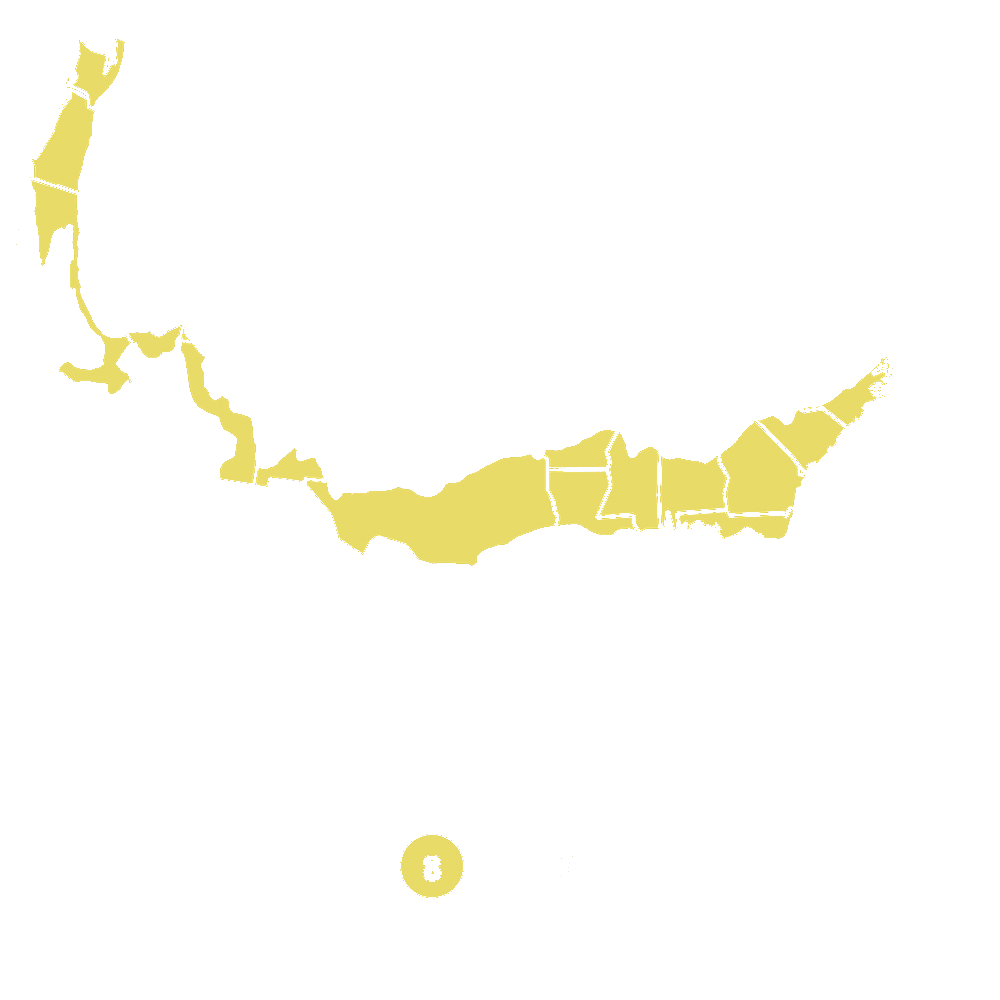

Pollination Info
Junior Walker Catmint (Nepeta x faassenii 'Novanepjun') - Pollination Info
Junior Walker Catmint is a fragrant and beautiful flowering plant that attracts pollinators to the garden. Here is some detailed pollination information for this plant:
Pollinators Attracted
- Bees - Junior Walker Catmint attracts various species of bees, including honeybees, bumblebees, and solitary bees, which help in pollinating the flowers.
- Butterflies - This plant also attracts butterflies with its vibrant flowers, providing them with a good source of nectar.
- Hummingbirds - Some hummingbird species may be attracted to the flowers of Junior Walker Catmint, adding to the diversity of pollinators in the garden.
Pollination Process
When pollinators visit the flowers of Junior Walker Catmint in search of nectar, they inadvertently brush against the pollen-producing stamens of the flower. This results in the transfer of pollen from one flower to another, leading to fertilization and seed production.
Importance of Pollination
Pollination is crucial for the reproduction of plants, including Junior Walker Catmint. By attracting pollinators to the garden, this plant ensures the successful production of seeds and the continued growth of new plants in the ecosystem.
FAQ
Junior Walker Catmint (Nepeta x faassenii 'Novanepjun') FAQ
What is Junior Walker Catmint?
Junior Walker Catmint is a compact perennial plant with vibrant lavender-blue flowers that bloom from late spring to early fall. It is a low-maintenance plant that attracts pollinators like bees and butterflies.
How big does Junior Walker Catmint grow?
Junior Walker Catmint typically grows to a height of about 12-18 inches and spreads to a width of 18-24 inches.
How do I care for Junior Walker Catmint?
Junior Walker Catmint prefers full sun to partial shade and well-drained soil. Water regularly during the first growing season to establish a deep root system. Prune the plant after each flowering cycle to encourage new growth.
Can Junior Walker Catmint be grown in containers?
Yes, Junior Walker Catmint can be grown in containers as long as they are large enough to accommodate the plant's root system. Make sure the container has drainage holes to prevent waterlogging.
Is Junior Walker Catmint deer-resistant?
Junior Walker Catmint is known to be deer-resistant, as deer typically avoid plants with fragrant foliage like catmint.
How do I propagate Junior Walker Catmint?
Junior Walker Catmint can be propagated through division or stem cuttings. Divide the plant in early spring or late summer, or take stem cuttings in spring or early summer.
Planting & Care
Planting & Care for Junior Walker Catmint
Planting: Junior Walker Catmint should be planted in well-drained soil in a location that receives full sun to partial shade. It is recommended to plant these perennials in the spring or fall.
Watering: Water Junior Walker Catmint regularly, especially during hot and dry periods. Be sure not to overwater as this can lead to root rot.
Fertilizing: Fertilize Junior Walker Catmint once a year in the spring with a balanced fertilizer. Be careful not to over-fertilize, as this can lead to excessive foliage growth at the expense of flowers.
Pruning: Deadhead spent flowers to encourage a longer blooming period. Pruning back the plant by one-third in midsummer can also help promote additional blooms.
Dividing: Divide Junior Walker Catmint every 2-3 years to maintain plant health and vigor. This can be done in the spring or fall.
Pest & Disease Control: Junior Walker Catmint is relatively resistant to pests and diseases. However, watch out for powdery mildew, which can be prevented by providing good air circulation and avoiding overhead watering.
Winter Care: In colder climates, mulch around the base of the plant in late fall to protect the roots from freezing temperatures.
By following these planting and care tips, you can enjoy beautiful blooms and fragrant foliage from your Junior Walker Catmint plants for years to come.
Check Out These Verified Customer Reviews:
Customer Reviews
4.7 out of 5 based on 15 reviews
Thank you! Your review has been submitted.
The shipment was fast, and the plant arrived in great condition. I would definitely recommend this product to others.
Good plant but smaller than expected.
I recently purchased the Junior Walker Catmint and was impressed with the quality of the plant. It arrived well-packaged and looked just like the picture on the website. Overall, a great purchase.
Item has been added to your cart.

